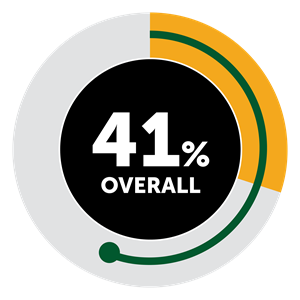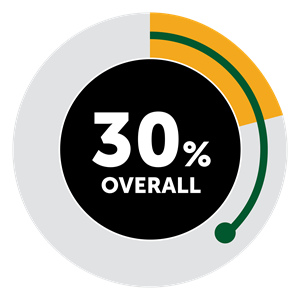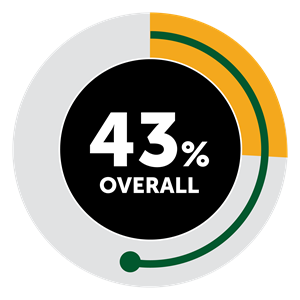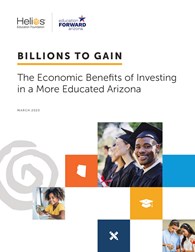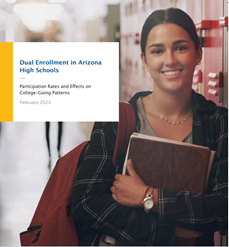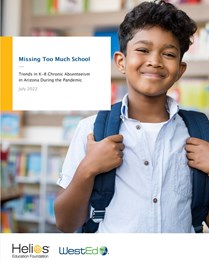
Arizona Latino Student Success Strategy
Helios Education Foundation aims to accelerate the pace of change in Arizona by focusing on specific populations—low-income and Latino students. Data shows that increasing achievement rates for these specific subpopulations is the most effective way to achieve equity for all students.

Why is Helios focused on low-income and Latino students?
In short, these are the largest populations of students struggling the most. In Arizona, the Latino population is the fastest-growing subpopulation in the state. Latino students represent 45 percent of the student population and are expected to represent more than 50 percent of the student population by 2026. Only slightly more than one in three (35 percent) of all Arizona third-graders are proficient readers, while fewer than one in four Latino students (23 percent), and roughly one in five low-income students (21 percent) read proficiently. Latino students are significantly underrepresented at Arizona’s three public universities (25.5 percent), as compared to White students (51 percent).
That is why, for the next five years, Helios is zeroing in on improving outcomes for low-income and Latino students in Arizona. To increase college graduation rates for these students—and use what we learn to increase achievement for all students—we are focusing on three key drivers essential to getting these subpopulations on track for college attainment:
- Ensure that students are reading by the third grade
- Increase college enrollments
- Increase attainment of two- and four-year college degrees
We are focusing on these three drivers because we believe that they provide the best leverage for ensuring that students are prepared for and on the path to a college degree. Ultimately, Helios seeks to ensure that all children in Arizona have the full potential to succeed in an educational pathway that will take them where they want to go.
THIRD-GRADE READING
30% of Latino third graders are reading on grade level compared to 56% of white third graders.
COLLEGE-GOING
21% of Latino high school graduates enroll at a four-year college after graduation within one year, compared to 38% of white high school graduates.
POSTSECONDARY ATTAINMENT
26% of Latino residents ages 25–64 have a degree from a two- or four-year college compared to 52% of white residents.
Arizona Education Research
Billions to Gain: The Economic Benefits of Investing in a More Educated Arizona
The economic benefits of postsecondary education is undeniable. This brief explores how Arizonans who enroll in college can expect increased lifetime earnings and more economic opportunities.
Dual Enrollment in Arizona High Schools
Dual enrollment plays an important role in the postsecondary success of Arizona students. However, access to dual enrollment coursework is not equitable across the state. This brief explores disparities in access and offers potential solutions.
Missing Too Much School
Chronic absenteeism is linked to decreased academic achievement, at all grade levels, subsequent absenteeism in later grades, lower graduation rates, and increased likelihood of dropping out of school. This brief explores K–8 trends in student attendance and chronic absence before and during the pandemic.
